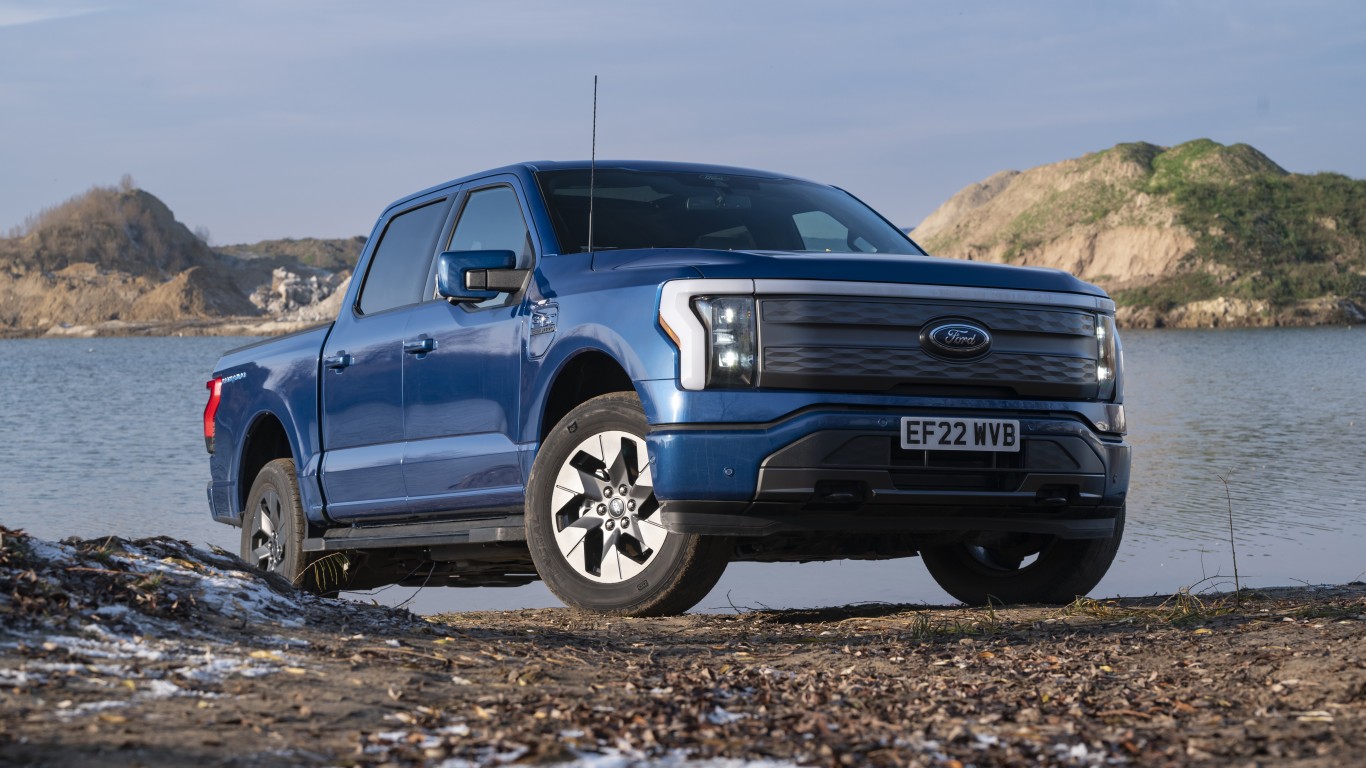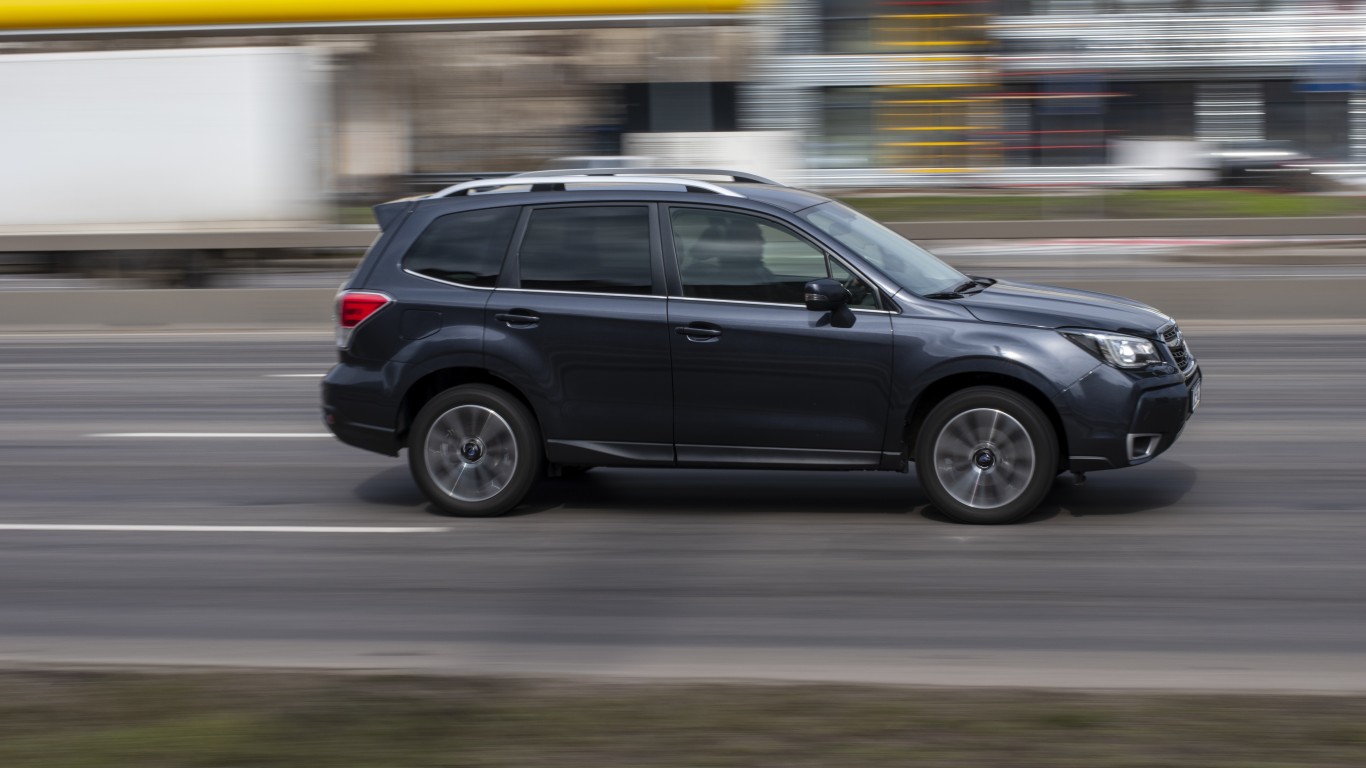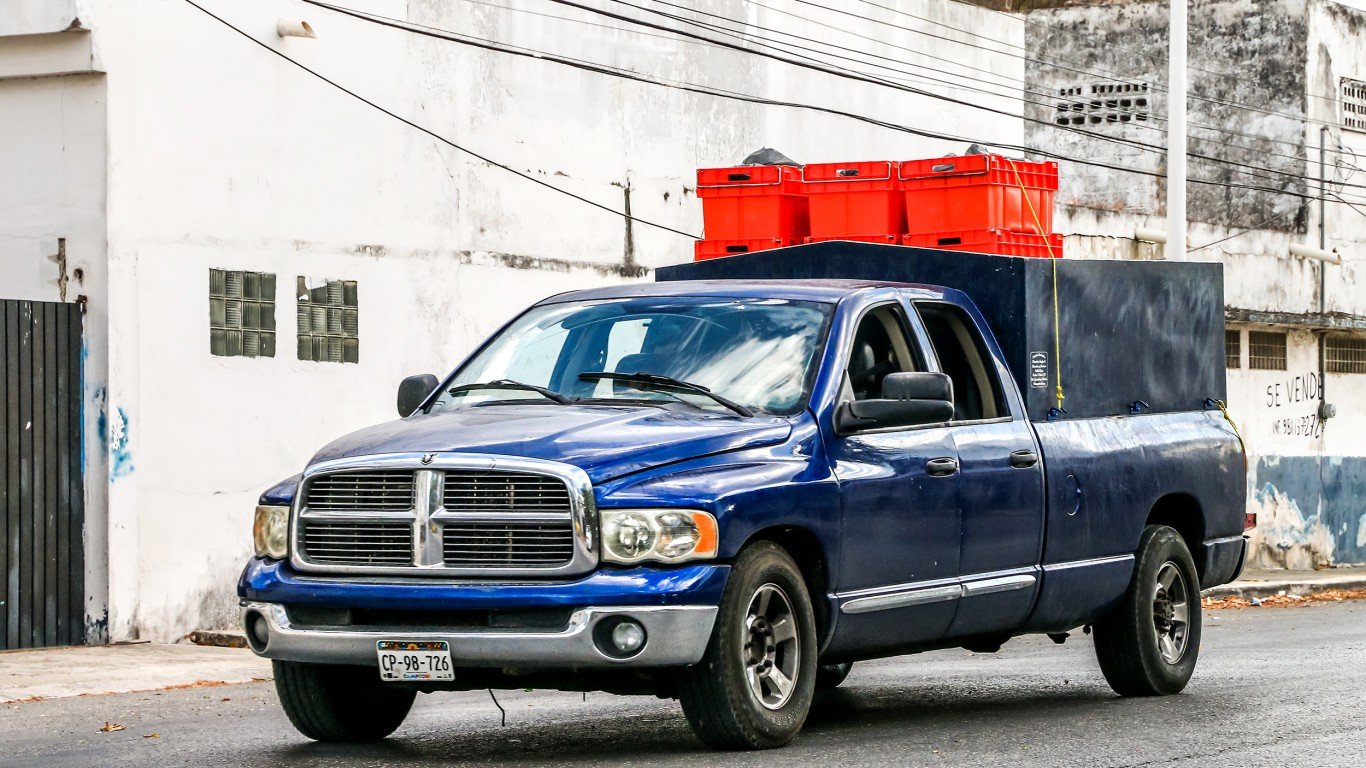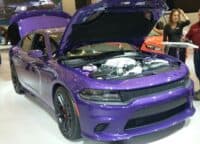

New car sales are down in seven of the world’s largest markets, with total March sales of 5.5 million units compared with sales of 8.9 million units in March of 2019. Sales in these eight markets are down by 38% year over year. The declines are due largely to government stay-home orders put in place to stem the spread of COVID-19.
The data was reported Wednesday by J.D. Power in its Auto Industry Impact Report. In March, U.S. retail sales fell 320,000 units below the firm’s pre-pandemic forecast of 1.1 million. So far in April, retail sales are down by 55% (189,000 units) from the earlier forecast for the month. For the year to date, 578,000 U.S. retail sales have been lost due to the coronavirus pandemic.
J.D. Power estimates that retail sales will drop by 49% to 62% for the month of April. The firm’s original estimate for 1.1 million unit sales will range from 412,000 to 558,000.
For the five-month period between March and July, J.D. Power estimates that retail sales will fall by 1 million to 2 million from pre-pandemic projections. For the full year, the firm now estimates retail sales will total between 11.2 million and 12.5 million, compared to the original projection of 13.4 million. Total sales are now projected at 12.5 million to 14.5 million units, down from an original estimate of 16.8 million.
Pickup trucks, the perennial best-selling vehicles in the United States, have been the most resilient during the lockdowns (three states banned auto sales and 22 allow only online or remote sales). In the week ending April 12, pickup sales had dropped by 18% year over year, compared to declines for compact cars (down 65%), compact sport utility vehicles (down 63%), small SUVs (down 55%) and midsize SUVs (down 50%). J.D. Power noted that “unprecedented” incentive programs on some pickups are the reason that sales have held up better.
Since mid-February, the average age of a trade-in on a new car has dropped from 6.4 years to 5.5 years. Over the same period, average trade-in equity has dropped from $3,874 to $2,001, a decline J.D. Power attributes to higher loan balances carried on younger trade-ins and lower trade values on used vehicles.
New 0%-84-month loan offers have kept monthly payments affordable despite the lower trade-in values. J.D. Power gives an example of how the new loans are affecting buyer decisions:
In the case of Large Pickups, customers are selecting a $13K more expensive vehicle and putting $4K less money down. But by taking a 0%/84mo loan (with a 10 month longer term and 5 [percentage point] lower rate), they are only paying $76 more per month.
Incentive spending remained near record levels at an average of $4,700 for the week ended April 12. Net transaction prices also reached a record high of $35,800 in the week ended April 5. So far, according to J.D. Power, COVID-19 has not led to lower prices, but the risk remains.
J.D. Power also noted that discounts for cash buyers and lease customers have not yet matched the incentives offered to buyers who finance their new vehicle purchases. Captive lenders (automakers’ financing arms) made 74% of new car loans in the week ended April 12, the highest level in recent history.
ALERT: Take This Retirement Quiz Now (Sponsored)
Take the quiz below to get matched with a financial advisor today.
Each advisor has been vetted by SmartAsset and is held to a fiduciary standard to act in your best interests.
Here’s how it works:
1. Answer SmartAsset advisor match quiz
2. Review your pre-screened matches at your leisure. Check out the advisors’ profiles.
3. Speak with advisors at no cost to you. Have an introductory call on the phone or introduction in person and choose whom to work with in the future
Take the retirement quiz right here.
Thank you for reading! Have some feedback for us?
Contact the 24/7 Wall St. editorial team.
 24/7 Wall St.
24/7 Wall St.


